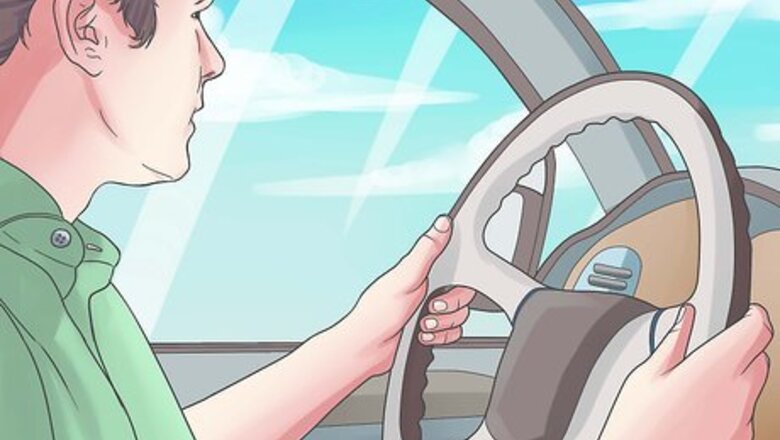
views
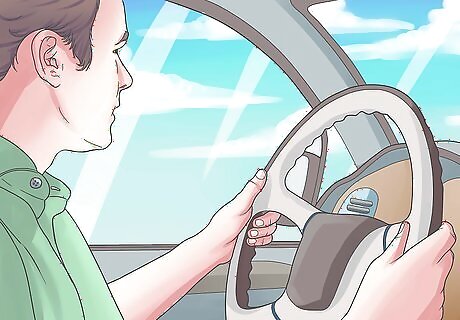
Know approximately what your 'net' rate of travel will be, and consider that instead of the speed limit, or how quickly you can move from light to light. A 45 mph (72 km/h) speed limit is often a net speed of 30 mph (48 km/h), sometimes a lot less, in an area with traffic signals. The fact that you're moving along at 30 mph (48 km/h) in a 45 mph (72 km/h) zone should make no difference to your travel time, especially if you are almost never stopping.

Know where signals are 'coordinated'. On sections of road where this is true, once you are moving with the flow of traffic, maintaining a given speed will usually get you through without stopping.
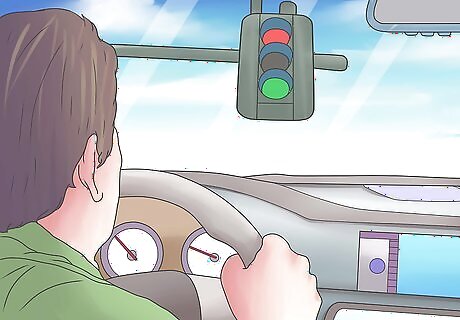
Learn that green is bad, and red is good. This is the opposite of what most people think, but absolutely works. A green light can be totally unpredictable. It might stay green right up until you're almost committed and then turn yellow. Green will betray you. A green light will tempt you to speed toward it and force you to slam on your brakes. When you are approaching a signal that is red, you are covering ground instead of idling at the signal. Well coordinated signals will typically be red as you approach then turn green shortly before or after you arrive at the intersection.
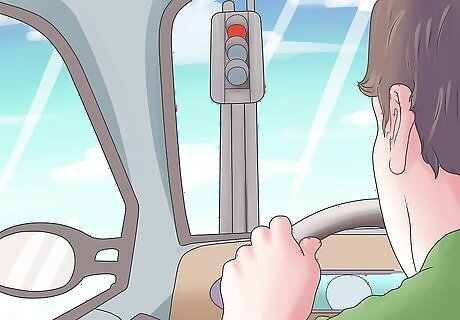
Discover that red lights are the most forgiving and the most beneficial things to see a ways up ahead. You know you'll stop at a red light, which makes it predictable, but it might just turn green, so if you slow down enough approaching it, you might never stop. At the very least, you won't have worn brakes and burned fuel keeping the car moving fast. Now it's only a matter of trying to work out how long it will remain red, and how long it will be green after that, and moderate your speed to be moving at the right rate when you reach the intersection to follow the other cars through without stopping at all (though not so fast that you can't stop if they stall, the signal doesn't behave like you wanted it to, or whatever other unpredictable things happen). You may also be able to tell from where you are that even though the light will turn green about when you get there behind the traffic, that you won't be making it through, and plan accordingly.

Get a 'feel' for where/when to start watching and predicting where your car should be when considering a traffic signal. This takes 'fuzzy' experience, because it's different for most intersections and is different for different cars.

Watch not only at the current light, but the next one and occasionally even the one after (if not too dangerous to do so, like when you're stopped and have nothing better to do), where signals are spaced closely together. You can often tell fairly precisely what the next light will do after the current one changes.

Watch the pedestrian crossing signals. If it's green or only just started flashing red, your green light is still 'fresh', and you might make it.
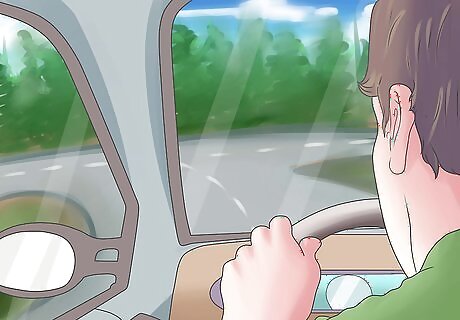
Watch the intersection for cars waiting on the crossroad, or in a left-turn lane facing you. If you see these things, your green light will in all probability betray you.

Watch left turn signals for traffic traveling in your direction. If you have a green light, and the turn signal facing you just turned green, and there are still cars turning, your green light may be 'fresh' enough to make.

When attempting to make a left turn yourself, if there is other traffic waiting in the turn lane for a left turn light, you can occasionally time your arrival such that the left turn light has turned green, and traffic is moving. More often than not, you can't.
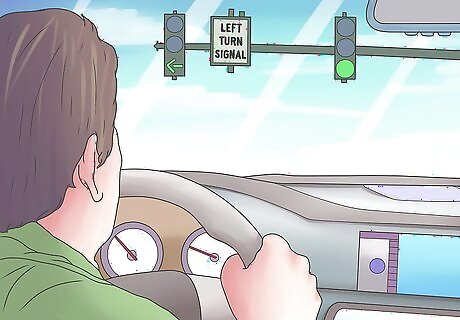
Left turn signals can lead or lag the straight through green, especially along coordinated routes. Each signal will likely be phased for a particular day and time, so pay attention to learn what each signal does on your commute.
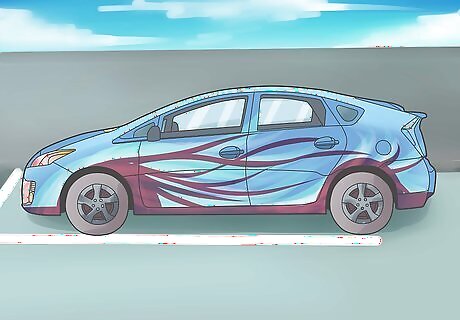
Make opportunistic plans for entering parking lots. Many parking lots have multiple entrances on different sides. With a lot on the left, if your traffic light has turned red, or is going to turn red, consider taking the a left turn instead of proceeding to a later entrance. If it's fresh and green, maybe proceed ahead to an uncontrolled left turn lane (depending on traffic) to avoid waiting for the signal to cycle all the way through to a left turn. Similar when approaching a lot on the right, especially if you are in a 'right on red' jurisdiction. Mind the pedestrians, though.

Make opportunistic plans for your route. Most American cities are laid out like a grid. There are multiple paths/doglegs to take to reach the same destination, on or off freeways. Often some of these paths have fewer signals, or more 'friendly' signals. Balance this with the knowledge that every turn is usually a stop. At certain times of the day or week, an otherwise 'impassible' industrial zone with relatively few signals can be absolutely deserted.
















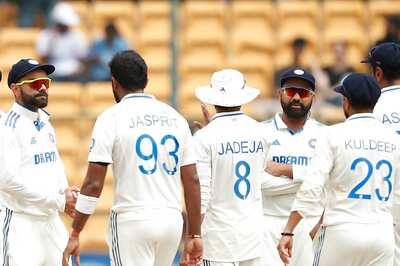
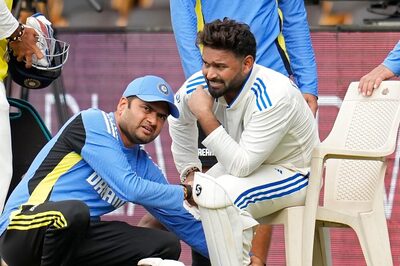

Comments
0 comment